Change - in any form - can be challenging - for anyone. Whether one is tasked with moving to a new home, starting a new school year, switching cubicles with an office mate, or leaving the playground when it’s time for dinner, transitions - especially ones that come unexpectedly - often invite unpleasant emotions (stress, anxiety, etc.). As is the case with most situations that test our capacity to tolerate difficult feelings, children are the age group most susceptible to being thrown off-center by transitions. Applying positive parenting strategies in these moments (and in preparation for these moments) can help make transitions smoother and more manageable - for everyone! Keep reading for some tips on how to help your kid cope with change:
- Aim for schedules and routines to be consistent around the transition whenever possible. This will help our little guys feel grounded and secure in the predictability of most events, thereby having more emotional energy to tackle change. In general, children find new or unexpected transitions less daunting when they know what’s coming next (e.g., “we have to run to the pharmacy so I can pick up a medication - then, we’ll be back on track and headed home for bath time”).
- Whenever possible, prepare your kid for transitions in advance. Children and adults experience lower levels of anxiety when they know what to expect from their environments. If you have a child who has a difficult time transitioning from one thing to the next, do your best to PREPARE THEM prior to the moment of change, regardless of how big or small you perceive the transition to be.
- Use age-appropriate language to explain, as clearly as possible, what kids can expect. Break the plan down for them into small, manageable steps so they do not feel overwhelmed and can develop a sense of mastery as they move closer to the “main event.” As needed, you may rely on visual aids (e.g., photos, drawings, signs, checklists, calendars, etc.) to help your kids grasp a particular sequence of events. Clarity is King!
- Practice, practice, practice! If possible, rehearsing transitions via role plays and/or dry runs can be incredibly effective (e.g., touring their new school prior to the first day or engaging in a role play in which they practice introducing themselves to the new student joining their class).
- Talk about transitions, and normalize their being hard for most people (e.g., “Your uncle is starting a new job tomorrow - I wonder what the transition will be like for him…what do you think? What feelings do you think he might have? What might help?”). Using characters from books who are going through transitions similar to those of your child can help start these conversations.
- Whenever possible, offer your child choices to help them feel a sense of control. For example, if your kid feels anxious about taking a plane for the first time, their day might go smoother if you offer them choices throughout the day (e.g., have them choose their outfit from a limited amount of options).
- Teach them basic emotion regulation skills to lean on in moments of distress. These can include deep breathing exercises, sensory stimulation, labeling their emotions as well as the physical sensations that may accompany them…the list goes on!
As always, when your kid shows even a smidge of progress in attitude or action, utilize positive reinforcement practices to ensure more of the same desired behavior! You can reward them with verbal praise, stickers, small rewards, or (our personal favorite) via your Goodtimer whose lights and sounds represent your child’s progress toward some pre-agreed upon prize! Remember: it is helpful to celebrate progress over perfection. Good luck!
Watch the Video:



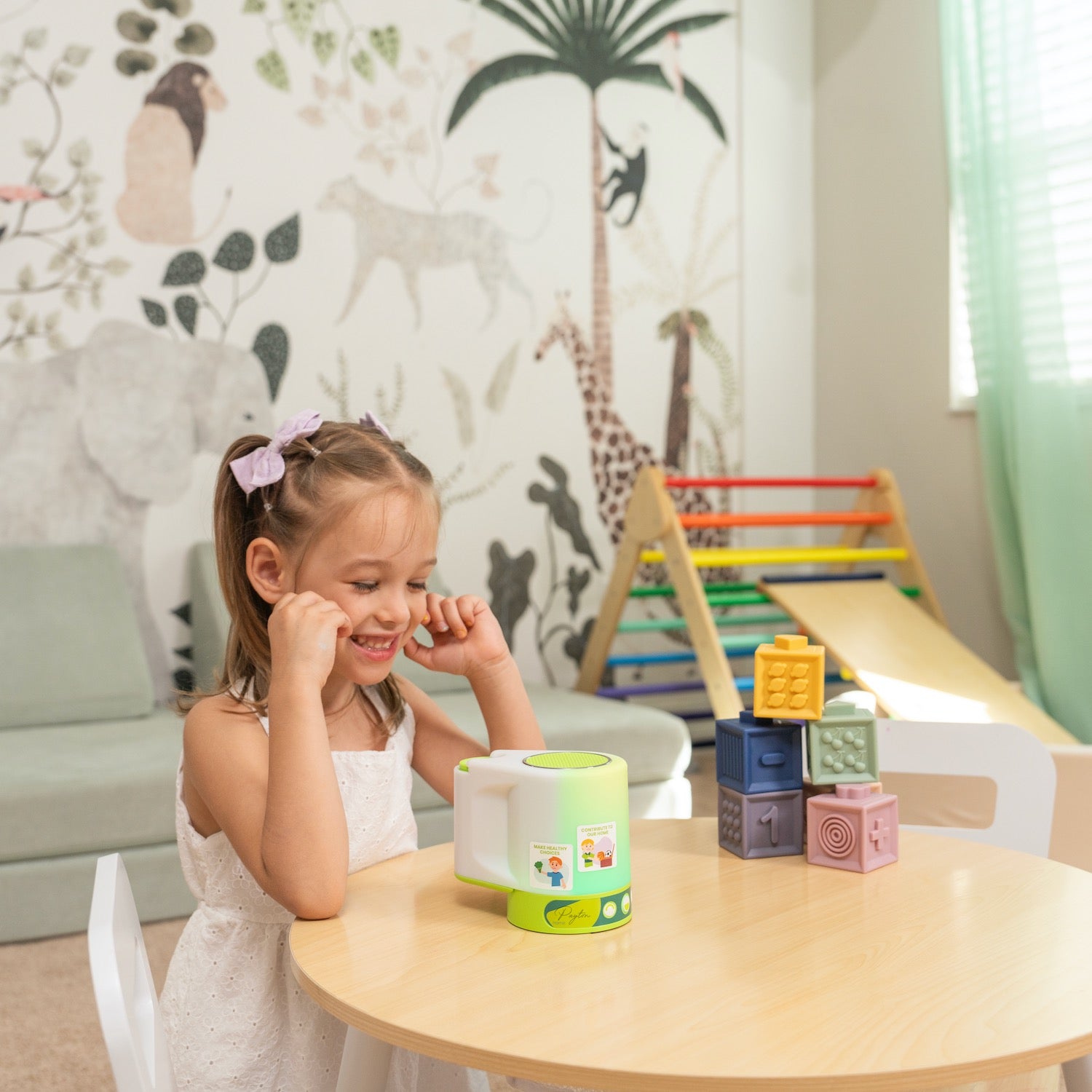
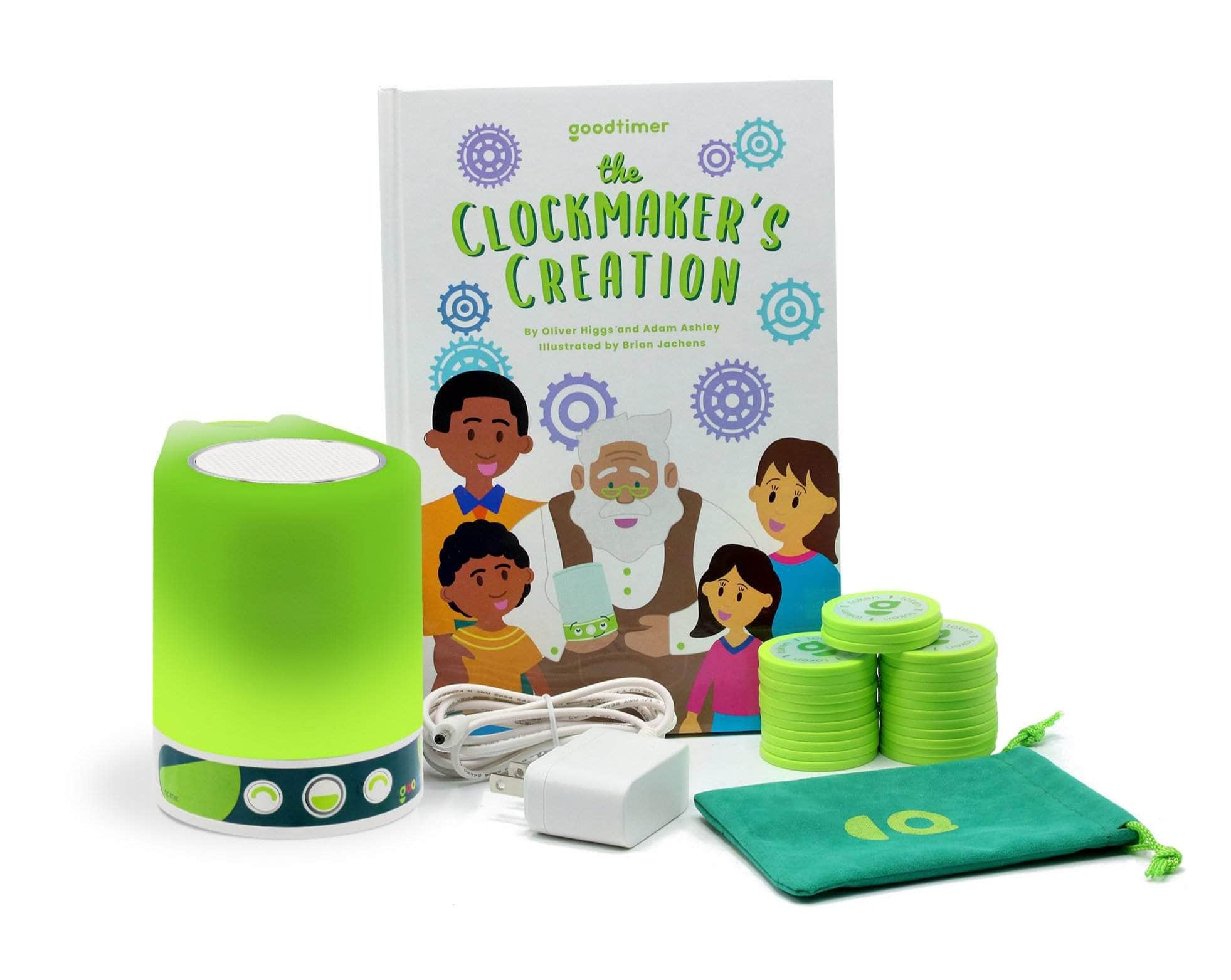

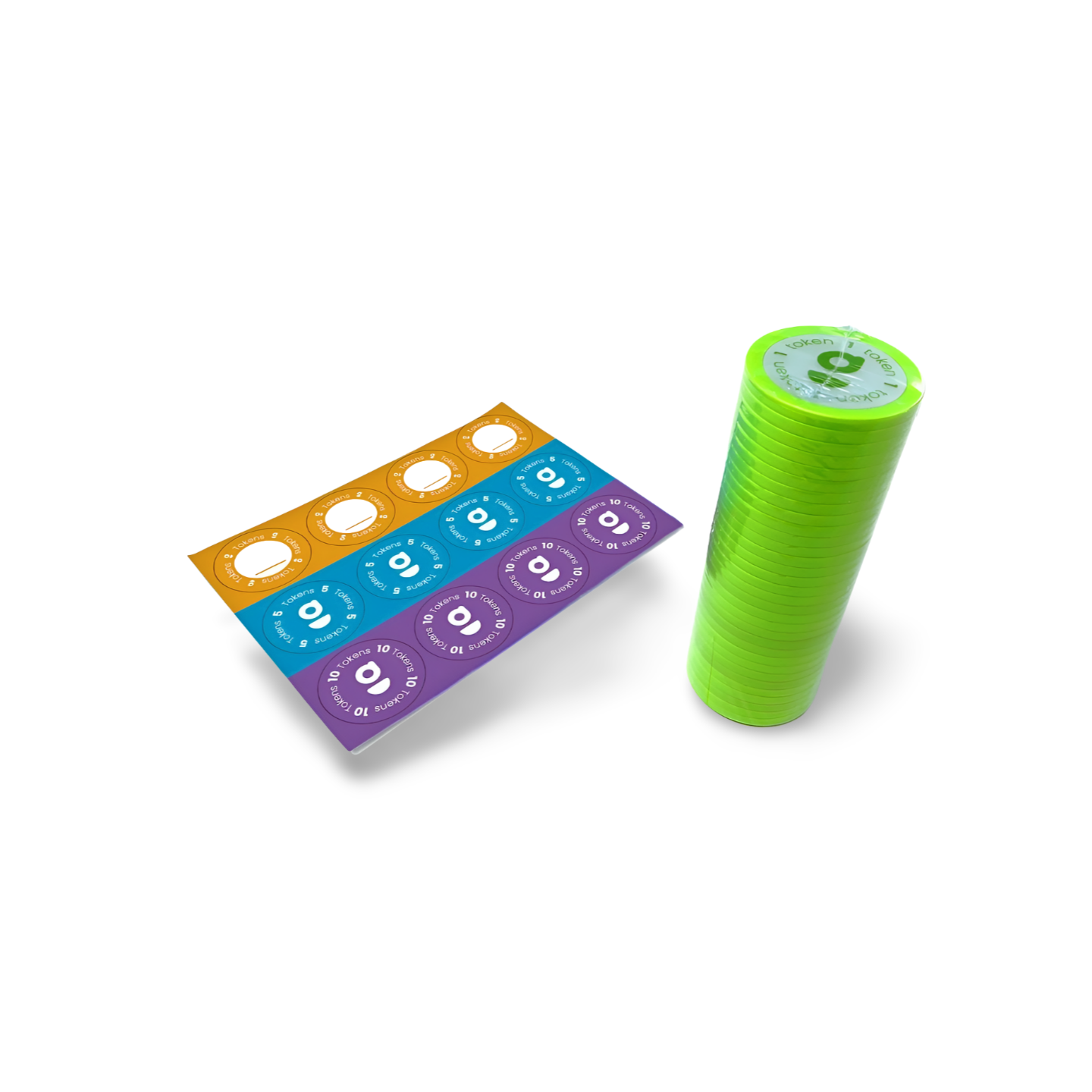

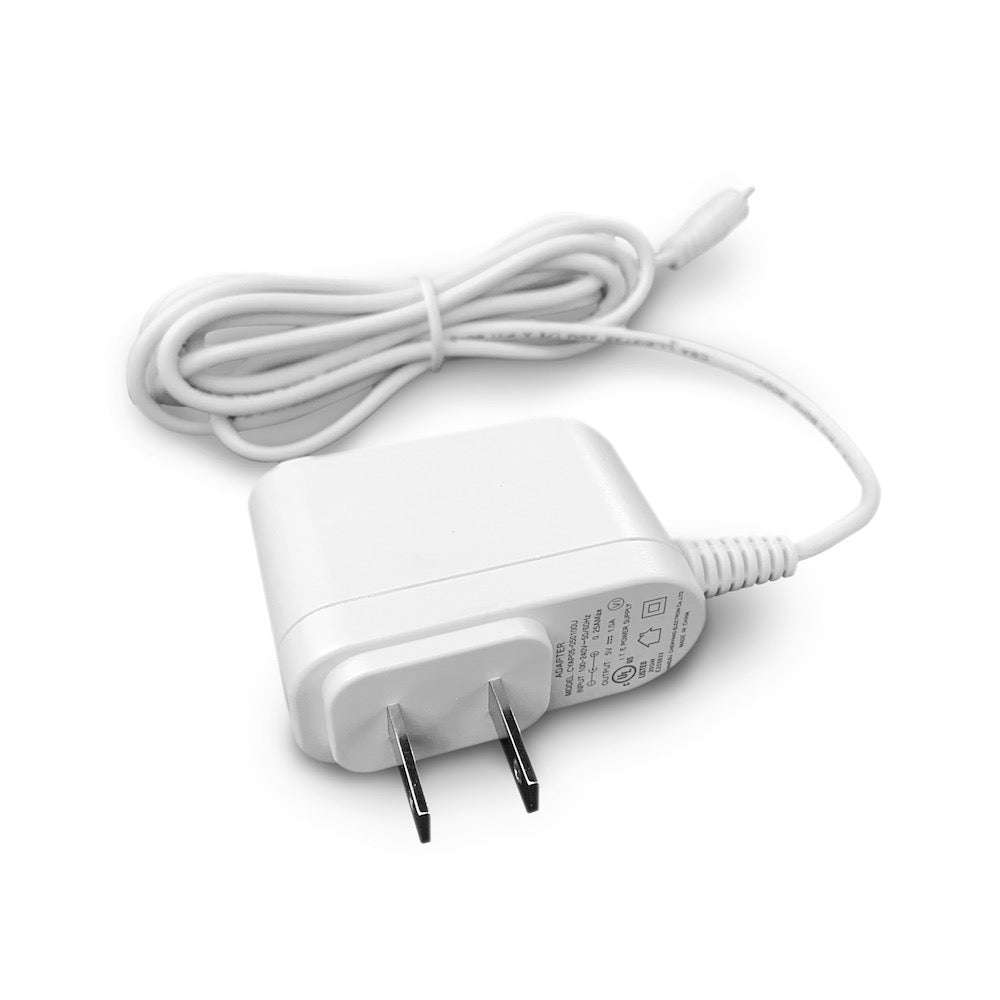
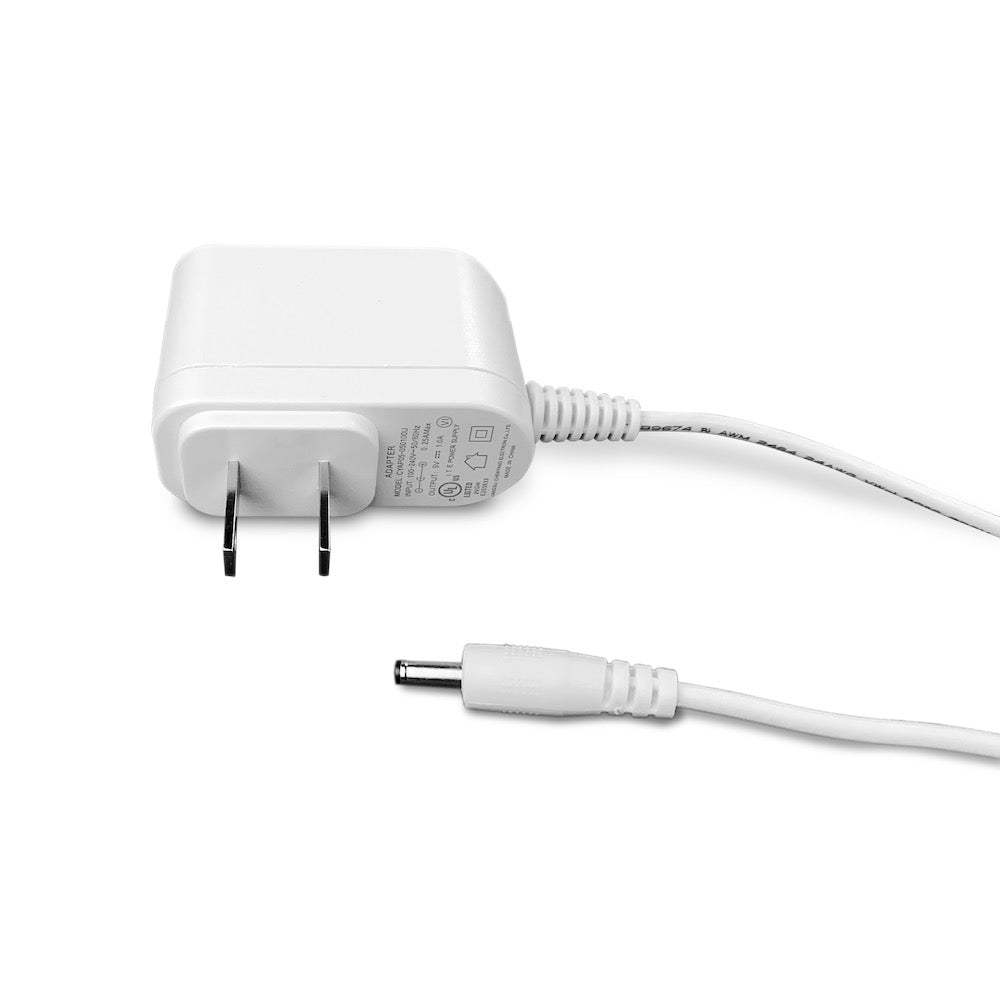
Leave a comment